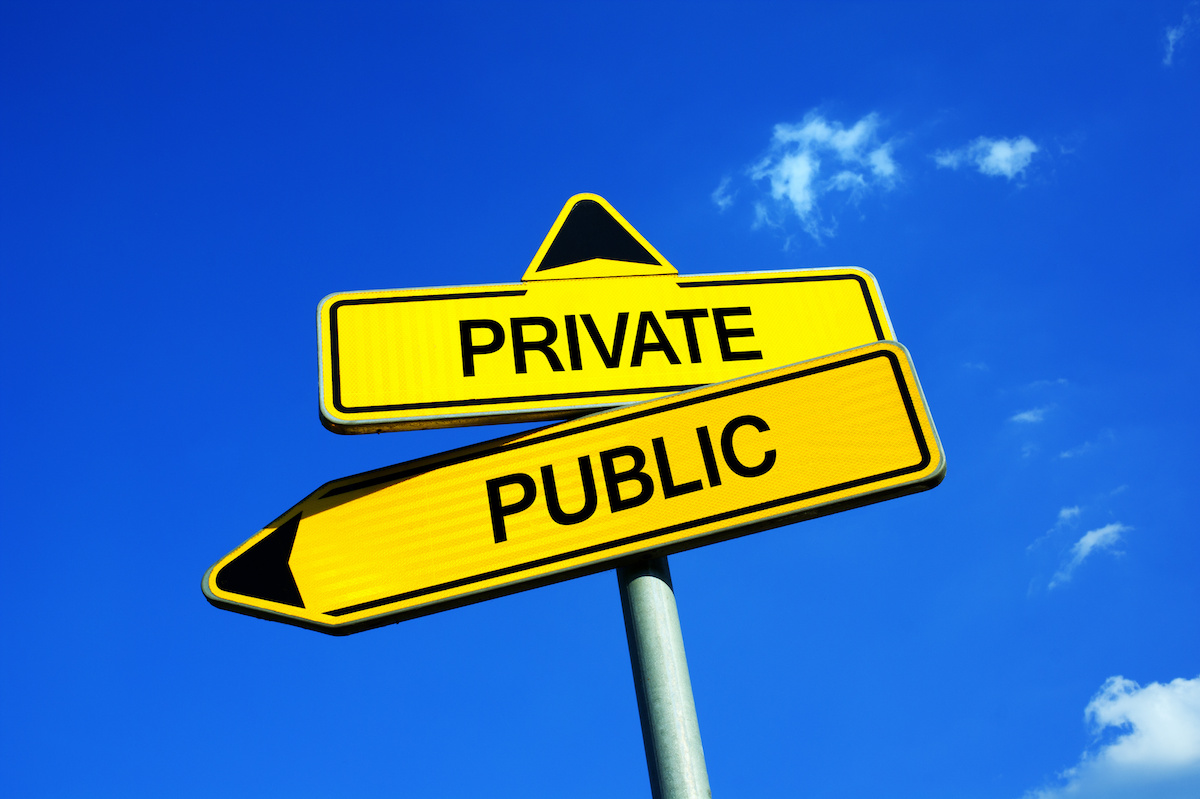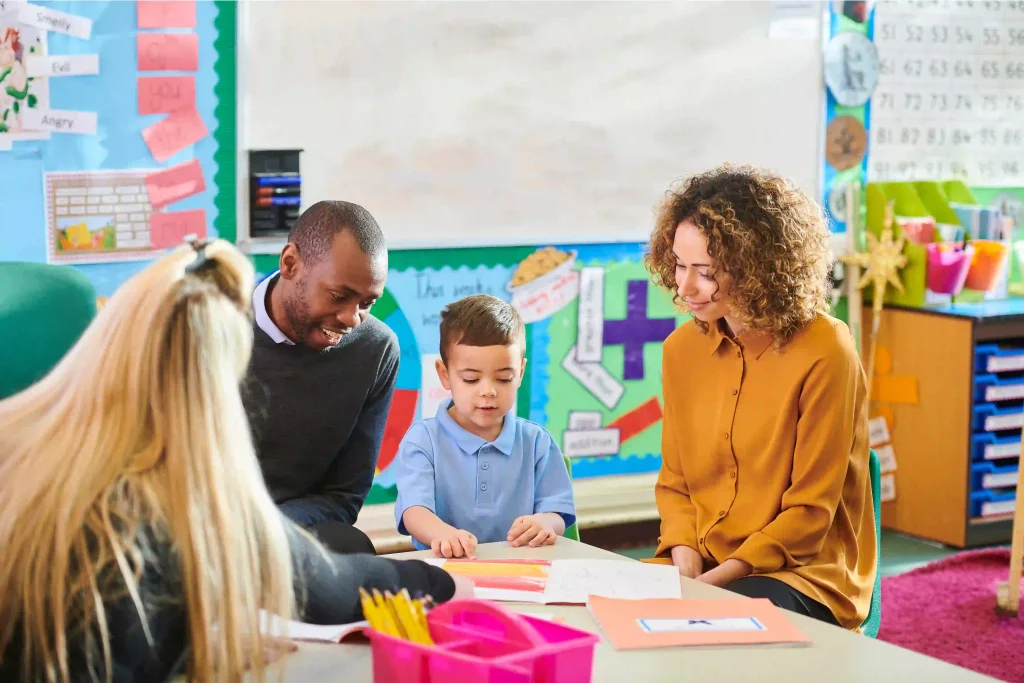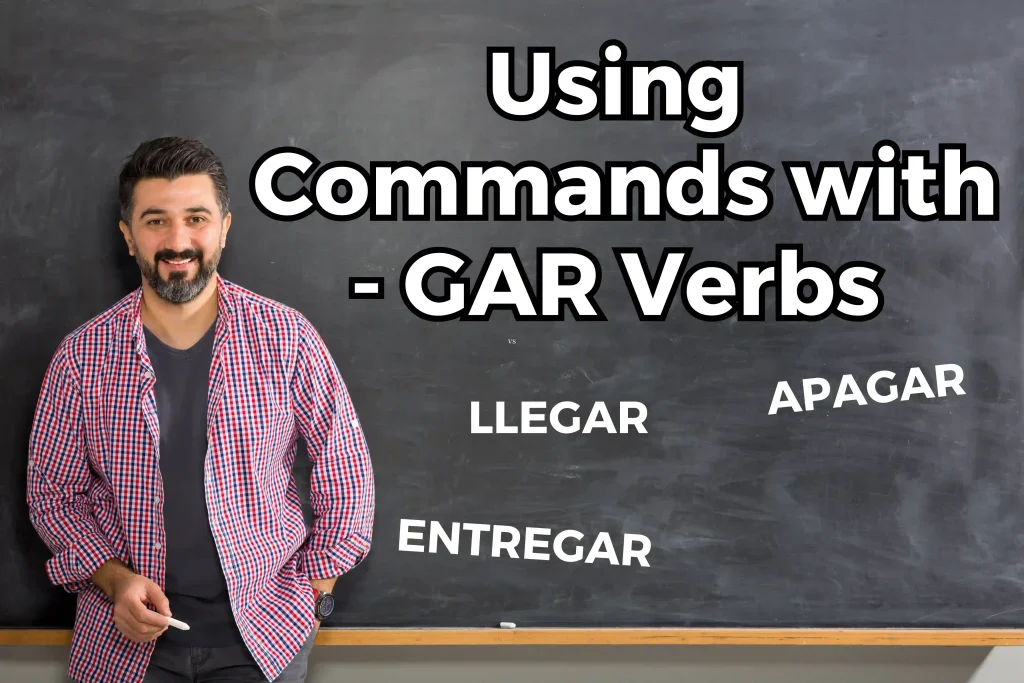Interview in Spanish with Emily (special ed teacher) and doña Sandra about private vs public education in Costa Rica
Subscribe to our YouTube Channel to see all of our lessons and get the latest videos right away!
In this interview, Sandra and Emily discuss differences between public and private education in Costa Rica.
Sandra explains that the most significant difference, in her opinion, is the emphasis on English instruction in private schools. Private schools offer classes in reading, spelling, grammar, and conversation in the English language, whereas these areas tend to be more condensed in public schools. She also notes that class sizes differ greatly between public and private schools. While it is possible to have up to 40 or more students in a public school classroom, generally private schools have a maximum of 25 students in a class. Public education, like in the United States, is free through the Ministerio de Educación Pública (MEP), the national government’s education system. Although tuition is free, there are other costs associated with going to a public school. To support the many families who cannot afford these costs, the government also offers a program through which families can receive becas, or scholarships, so that they can keep their children in school. Private education, on the other hand, can be very costly. In addition to tuition costs, families are expected to pay for materials and books for each class, which is generally not the case in a public school.
Sandra goes on to explain that public school teachers are expected to participate in meetings called Consejos de profesores, which consist of regular workshops and trainings that take them out of the classroom, causing students to often miss instructional time. She explains that the sheer quantity of lessons offered to students in private schools is a major difference. While students in a public school may receive Spanish class five times per week, their private school counterparts may have up to seven or eight classes per week. Private school students in Costa Rica also attend classes on the same schedule, whereas students in public schools have classes in two cycles, one group going to school in the mornings and the other group going in the afternoons.
Sandra explains that the Costa Rican education system has certain national curriculum requirements that all schools, public or private, must follow. She also notes that there are exams that students must take generally six times per year. In order to graduate colegio, students also must pass a standardized test that evaluates math, science, social studies, Spanish, civics and English skills. If a student does not pass this test, they may attempt the test another time.
It seems to me, throughout this interview, that there are clear benefits to sending a child to a private school in Costa Rica.
So, I ask Sandra what that process looks like for parents. She explains that a parent must first do his or her research on a school that would be appropriate for his or her child, and then investigate whether this school is recognized by the Ministerio de Educación. She then recommends that the parent go to the school to get to know the curriculum and the administration, and finally pay the matricula, or tuition. This can be, understandably, the most difficult part for many parents. Although Sandra highlights the many benefits of attending private school in Costa Rica, she goes on to emphasize the fact that there are also many fantastic public schools throughout the country and that, especially in more urban areas, there are many great educational opportunities for Costa Rican children.






Pingback: Culture and Education: Daily Routines at School in Costa Rica
Pingback: Culture and Education: Educational System in Costa Rica